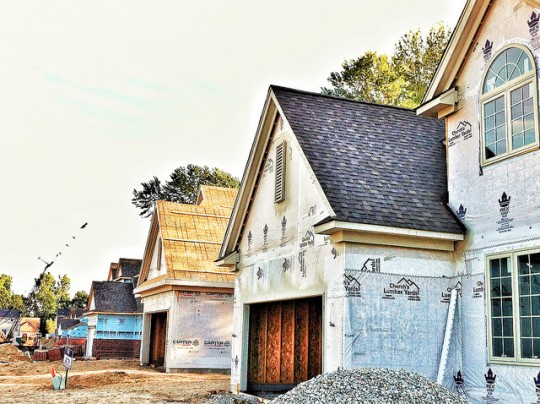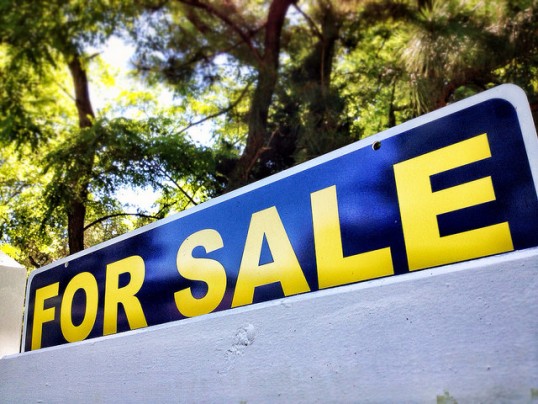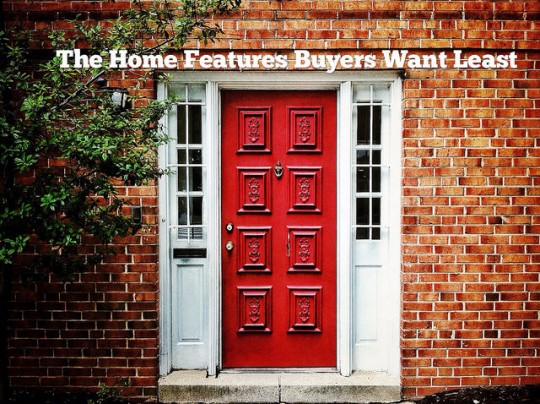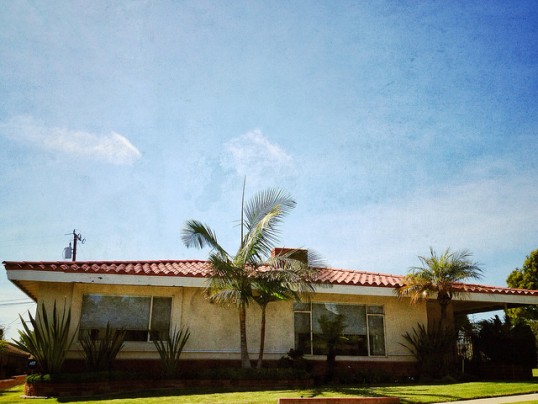According to a new survey of home builders, the market for single-family homes among buyers over the age of 55 is thriving. In fact, the index – which measures builders’ perceptions on a scale where any number above 50 indicates more builders feel conditions are good than poor – hit its highest second-quarter reading since the survey began in 2008. It marked the 11th consecutive quarter of year-over-year gains. David Crowe, NAHB’s chief economist, said one of the factors contributing to the improvement is the slow but steady increase in sales of previously owned homes over the past three months. According to Crowe, the market for new homes among older buyers is dependent on those buyers being able to sell their existing homes at a good price. Homeowners over the age of 55 who are able to sell their current house are attracted to newly built homes because of the luxuries and amenities they offer. Also, the index showed a seven point increase in the component measuring present sales and a one point increase in sales expectations for the next six months. More here.
Archive for August 2014
Will Rising Household Income Help Housing?
The number of Americans who say their household income is significantly higher than it was a year ago hit an all-time survey high in July, according to Fannie Mae’s most recent National Housing Survey. The improvement represents a steady rise in consumers’ personal finances and is a reason to be optimistic about the housing market’s outlook. Doug Duncan, Fannie Mae’s senior vice president and chief economist, said that, for there to be a robust housing recovery, there has to be full-time job and income growth. And Duncan believes that recent data indicating the creation of more than 200,000 jobs over each of the past six months – in addition to the improvement in consumers’ financial situation – provide reasons for optimism. If these trends continue, they could lead to some upside in housing next year, Duncan said. Despite the optimistic outlook, Americans are still cautious when it comes to the economy and residential real estate. Still, 67 percent say now is a good time to buy a house and 43 percent think it’s a good time to sell. The narrowing gap between the two is an indication that there is a better balance of supply and demand in today’s market. More here.
Mortgage Rates Rise, So Does Demand
According to the Mortgage Bankers Association’s Weekly Applications Survey, demand for mortgage loan applications rose 1.6 percent last week from the week before. The increase was driven by a 4 percent spike in refinance activity. The Purchase Index – which is an indicator of future home sales – was relatively flat, falling 1 percent from the previous week. The improvement in refinance demand pushed the refinance share of total mortgage activity up to 55 percent, its highest level since March. In addition to the increase in overall demand for loans, the survey also found mortgage rates up from the week before. In fact, mortgage rates rose across all loan categories, including 30-year loans with both conforming and jumbo balances, those backed by the Federal Housing Administration, and 15-year fixed rate loans. The results follow a recent pattern, where mortgage rates and demand for loans have both been relatively flat. The MBA’s weekly survey has been conducted since 1990 and covers 75 percent of all retail residential mortgage applications. More here.
Typical Home For Sale Sells In 44 Days
The most recent Realtors Confidence Index found that homes sold faster in June than the month before. It marked the sixth-consecutive month that properties sold more quickly than the previous month. According to the report – released by the National Association of Realtors – there was improvement across all categories, though short sales and foreclosed properties were on the market longer than non-distressed properties. In fact, short sales typically took 120 days to sell and foreclosures were on the market an average of 54 days. With demand to buy currently higher than the supply of available homes, 42 percent of participating Realtors reported properties were on the market for less than a month before selling. Overall, the average home sold in June was on the market for 44 days. The number of days it takes to sell a home has been dropping recently, largely due to the fact that for-sale inventory has been low in many local housing markets. With fewer houses available to buy, those that are for sale sell quickly. Inventory, however, has been rising since the beginning of the spring and summer selling season and particularly in states such as California, Florida, and Utah. More here.
Analysis Says Americans Are Ready To Buy
A new analysis of the residential real-estate market says housing is stronger than is being reported and is due for more improvement in the next year. Michael Simonsen, co-founder and CEO of Altos Research, said – though media headlines find weakness and disappointment in the recovery – real-time data paints a much more robust picture. According to Simonsen, demand is high and home prices have recovered much of what was lost during the housing crash. In fact, Simonsen says the housing market has had a strong run over the past few years and Americans are anxious to once again buy real estate. With demand high, inventory growing, and mortgage rates falling lower after a spike last year, there is reason to expect that the real-estate market will continue improving into 2015. Altos Research believes home prices will rise another 7 percent next year and inventory will climb 10 percent. They also forecast rising home sales and healthy growth over the next 12 months. More here.
What Features Do Home Buyers Want Least?
A recent survey conducted by the National Association of Home Builders asked potential home buyers to name the features they wanted in a home and also the things they could do without. The results mirror what many recent surveys have shown. Specifically, that the features home buyers want most this year largely have to do with energy efficiency and include things like energy-star rated appliances, energy-star windows, and ceiling fans. Today’s home buyer wants a home that’s both efficient and organized. In fact, 93 percent of respondents said they needed a laundry room and 86 percent want space in the garage for storage. But, on the other hand, what features do buyers have little interest in? According to the survey, 70 percent of buyers said an elevator. Other luxury items that made the list include a wine cooler, wet bar, outdoor kitchen, and game room. Buyers also rejected houses on golf courses, homes in gated communities, and two-story family rooms and entry foyers. The survey reveals that today’s buyer is less interested in luxury and is instead putting a priority on green features, storage space, and organization. More here.
The Homeownership Rate & Middle-Aged Buyers
New data released by the U.S. Department of Commerce’s Census Bureau shows the homeownership rate was 64.7 percent during the second quarter of 2014. That’s down from an all-time high of 69.2 percent in 2004 and slightly lower than last year at this time. According to the official data and many media reports, the homeownership rate’s recent decline has been particularly focused among young adults and first-time buyers. The theory is that the housing market’s recovery has been slowed by a lack of young home buyers forming households of their own. However, a new analysis from Trulia’s chief economist, Jed Kolko, shows that it may, in fact, be middle-aged Americans – not millennials – who are missing from the homeownership equation. According to Kolko, when compared to the pre-bubble years of the late 1990s, homeownership levels among young adults are relatively unchanged and the rate among Americans between 35 and 54 years old has dropped. This is primarily due to the fact that younger Americans are getting married and starting families later in life. Because of this, the homeownership level among 18-to-34 year olds – though lower than the historical average – may represent the new normal. Middle-aged homeowners, on the other hand, would’ve been the first-time buyers of 10 years ago. And, because they would’ve been buying homes at the peak of the housing bubble, they would’ve been hardest hit by the subsequent crash. According to Kolko, this explains the decline in homeownership among middle-aged Americans. More here.







